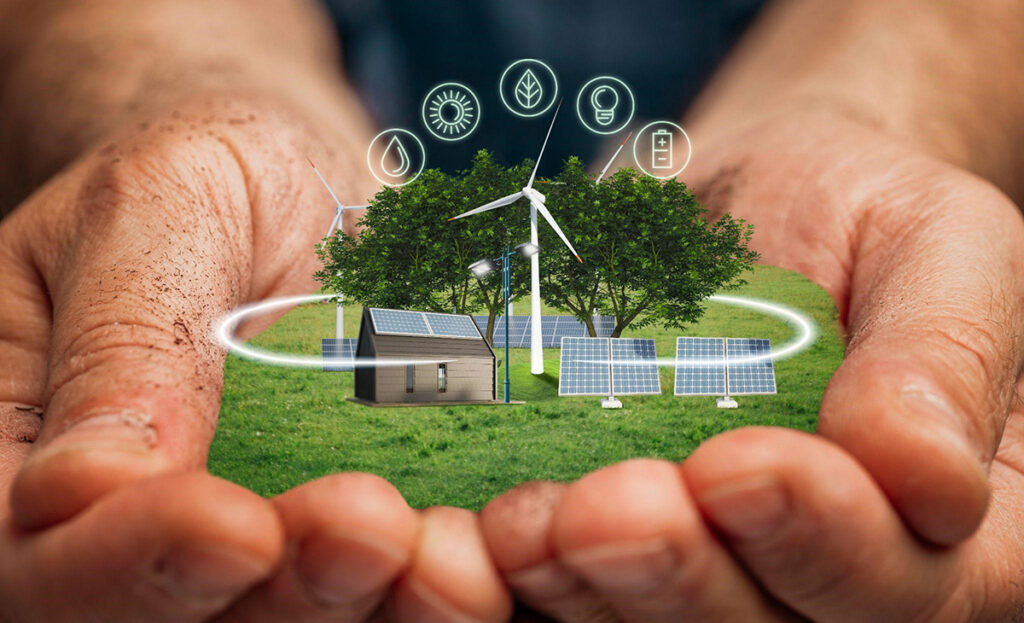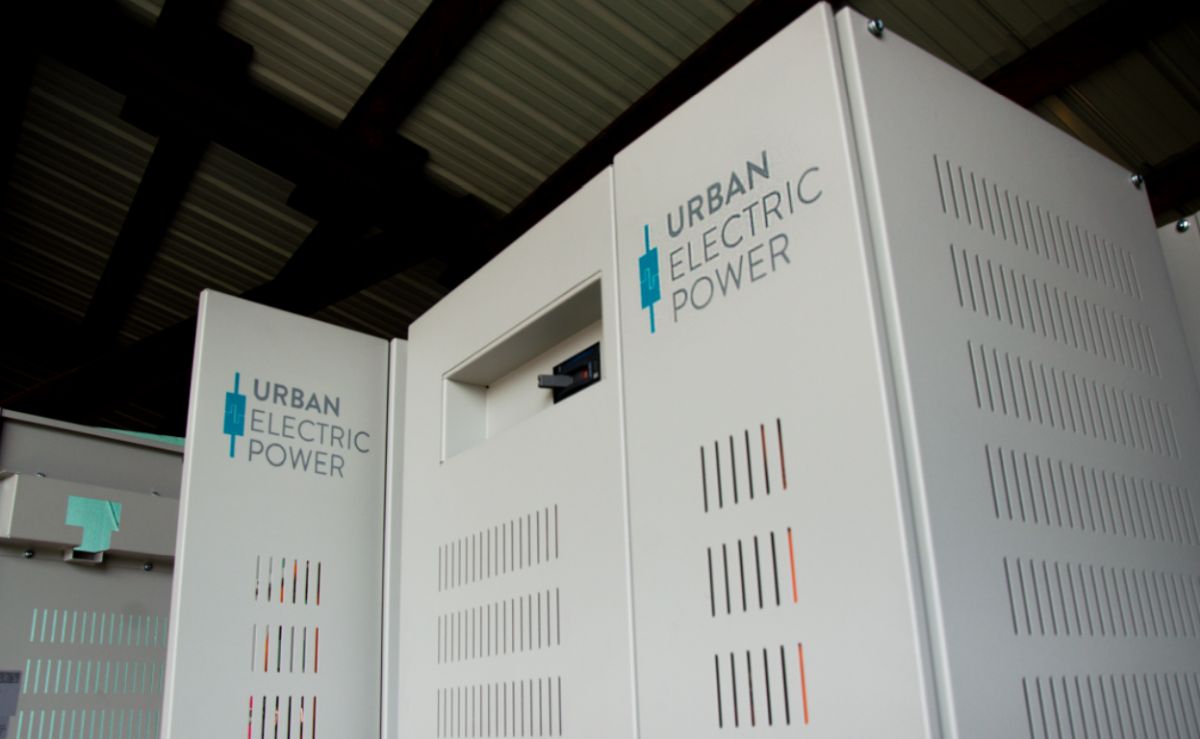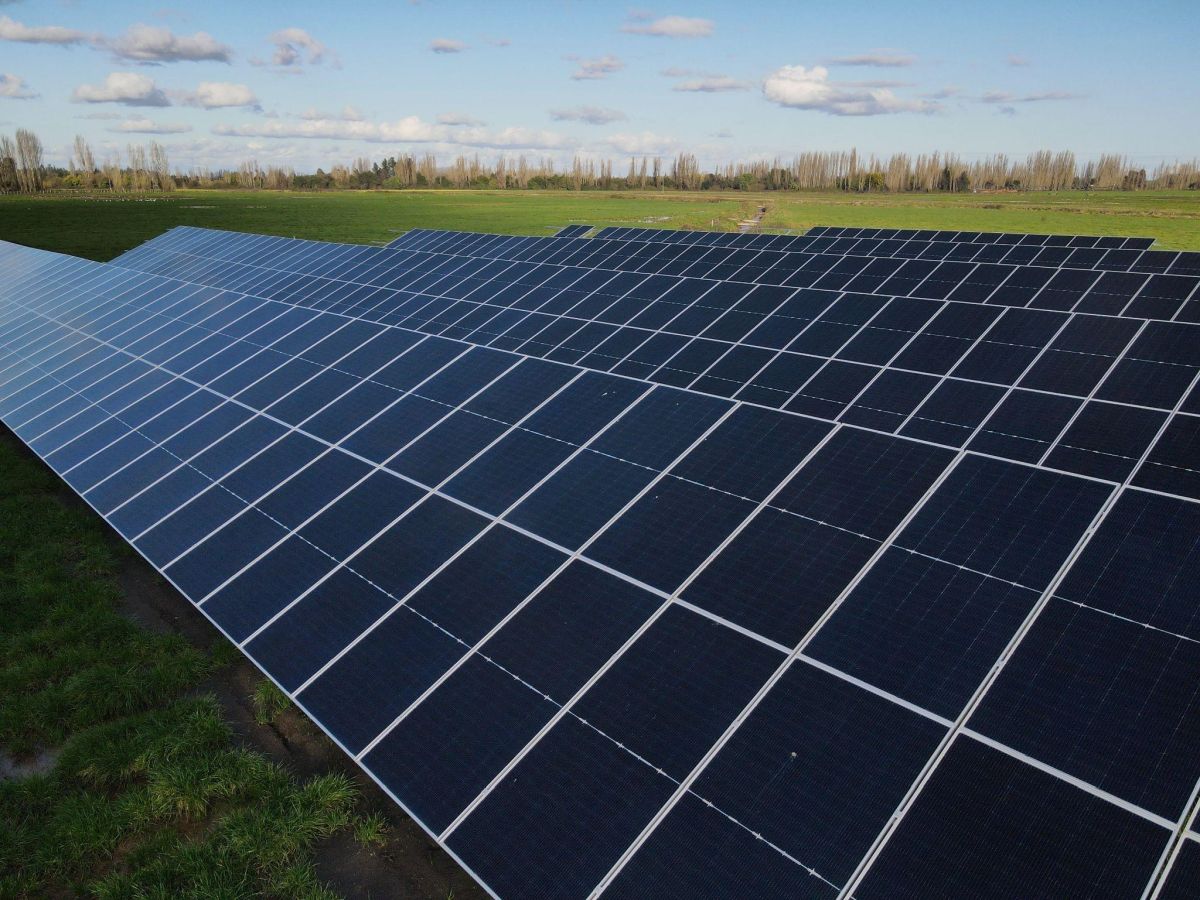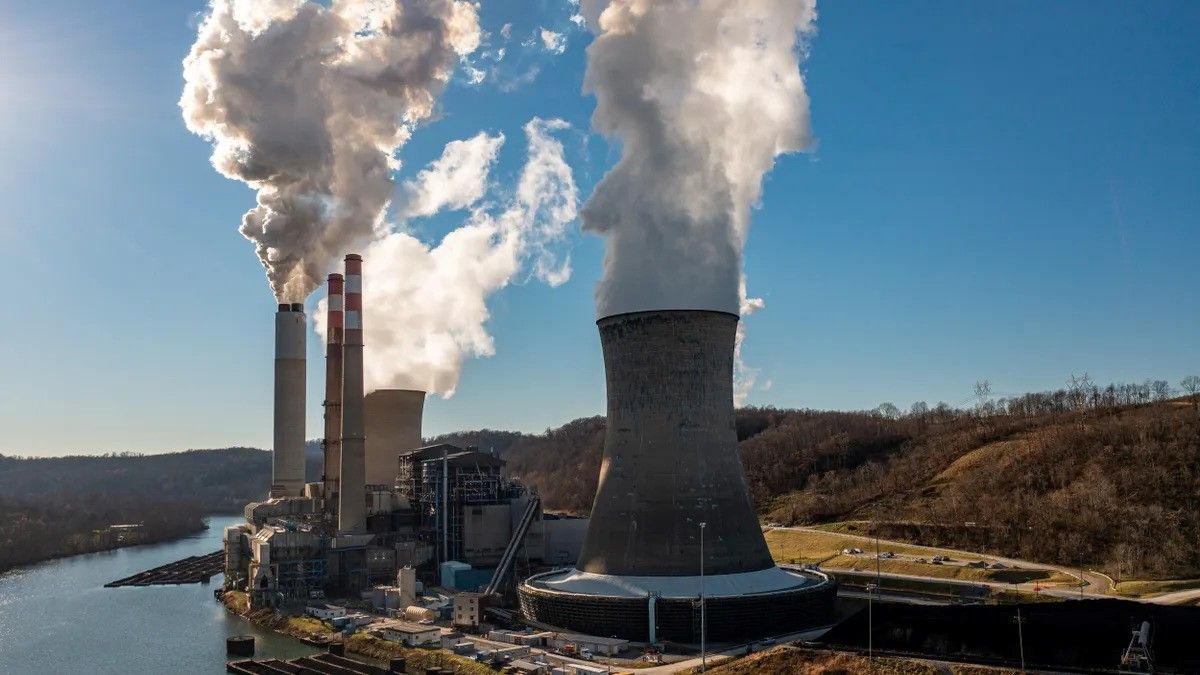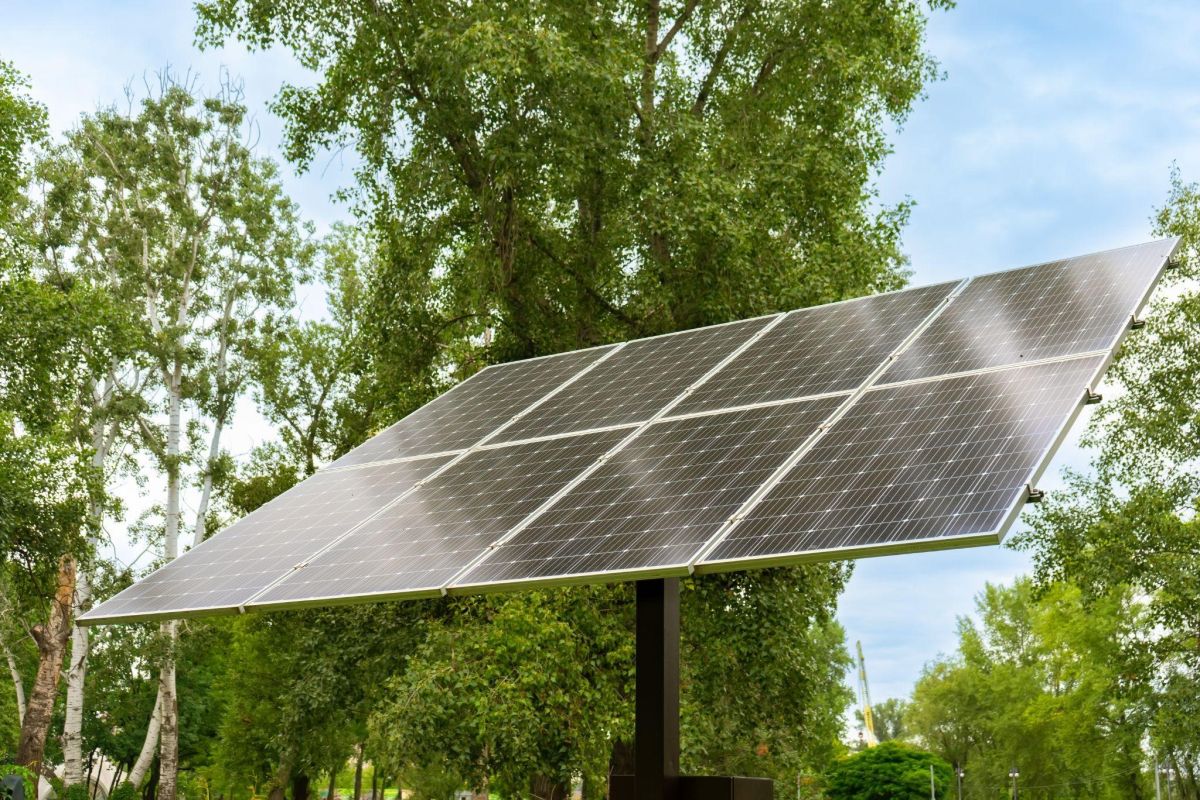WWW.UTILITYDIVE.COM
The resources are needed to meet the California Public Utilities Commission’s new 25 MMT annual electric sector carbon emissions target for 2035, a nearly 60% drop from the 2020 level.
Dive Brief:
- California energy regulators, during their meeting on Thursday, approved a sweeping plan to reduce the state’s yearly electric sector greenhouse gas emissions to 25 million metric tons by 2035, down nearly 60% compared to the 2020 emissions level.
- The new goal from the California Public Utilities Commission would also require the state to build more than 56 GW of additional clean energy generation, including solar, different durations of energy storage, as well as 4.5 GW of offshore wind, according to the agency.
- The outlined portfolio “strikes a balance between planning for enough cleanpro energy resources to meet our greenhouse gas reduction goals – which will help lower costs for customers – while leaving sufficient time for transmission planning by the [California Independent System Operator] for development of these additional clean energy resources,” said CPUC Commissioner Darcie Houck during the meeting.
Dive Insight:
In March 2020, the CPUC approved a plan for a 46 MMT annual greenhouse gas target for the electric sector by 2030. Multiple stakeholders – such as investor-owned utility Southern California Edison – however, raised concerns that the target didn’t go far enough to reach California’s carbon neutrality goals. In early 2022, the agency adopted a 2032 greenhouse gas emissions target of 35 MMT for the electric sector, reducing the previous target by roughly a quarter.
The latest decision, however, would adopt an electricity portfolio that instead meets a 25 MMT greenhouse gas target for the electric sector by 2035 – a 28 MMT reduction from 2020 emissions levels in CAISO’s footprint. The commission estimates that this portfolio will reduce California electric sector emissions 85% by 2045. In addition, it will achieve a 113% clean energy level, since California climate policy allows the state to include exported energy in its clean energy calculations.
The portfolio would have the state add 19 GW of solar, 15.7 GW of four-hour lithium-ion batteries, 2.8 GW of eight-hour lithium-ion batteries and 0.5 GW of long-duration storage along with the 4.5 GW of offshore wind, by 2035. Under the portfolio, the use of natural gas plants on the CAISO system would decrease by roughly 70% by 2035 as compared to model year 2024, CPUC President Alice Reynolds said at the meeting.
The CPUC decision also tackles the interdependency between resource planning and transmission build-out, recommending that CAISO use the 25 MMT greenhouse gas target as the basis for transmission investment planning. Both agencies work together on the transmission planning process, with the CPUC sending a resource portfolio to CAISO every year that is then used as a key input for the transmission planning process.
“Without this collaboration and resulting [transmission] projects, the transmission system wouldn’t be ready to accommodate new generation resources,” Reynolds said.
While the scale of the build-out in this decision is feasible, “it will certainly require a concerted effort by essentially every actor in the energy sphere to get there,” Mark Specht, Western states energy manager and senior analyst with the Union of Concerned Scientists, said in an email.
And on the transmission front, “since transmission takes so long to build, one of the key challenges is planning far enough in advance to ensure the transmission is there when you need it,” Specht added. CAISO recently started conducting a 20-year transmission outlook, he added, which will be an important component of planning ahead far enough to bring sufficient transmission online.









